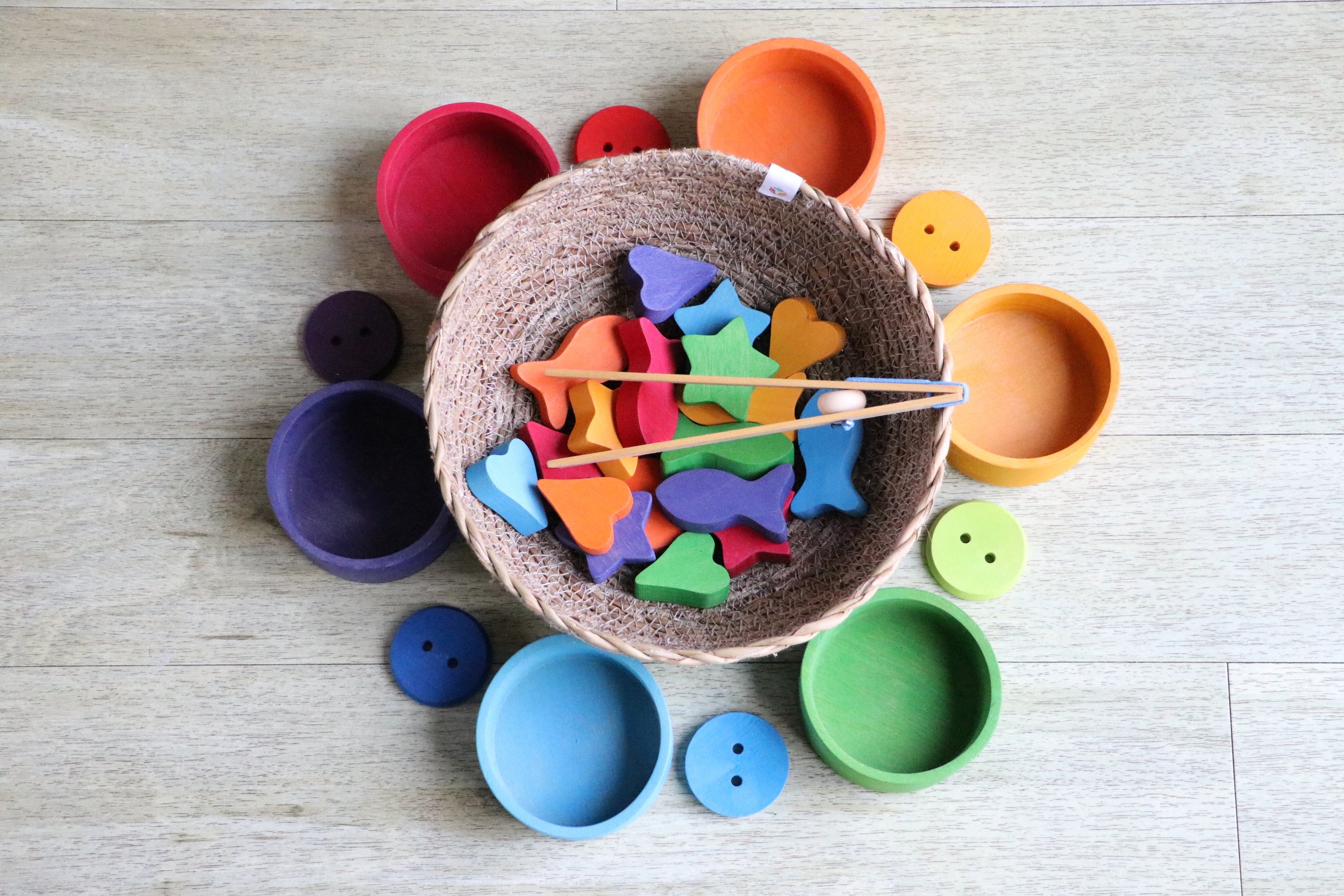Manipulative Fine Motor Play Development
Judy Benz Duncan, Occupational Therapist
TheraPlay4Kids.com
Children learn about themselves and their world through sensory awareness of their surroundings. Manipulative play involves handling objects where they can make them change or move. Manipulative play helps to develop fine motor skills, eye-hand coordination,hand dexterity, and promote learning on how to manipulate a variety of toys and object during play. During manipulative play a child also learns about size, weight, and how to combine different items to make new things. Through play, a child explores their environment, discovers, examines, and learns.
Basic manipulative play includes use of blocks, puzzles, playdough, crayons, beads, lacing cards, construction blocks, stacking and nesting toys, sandbox play, water play, toys of all kinds, musical toys and game, and so on.
Manipulative play help children learn body awareness, fine and gross coordination, early cognitive processing and learning, as well as develop feelings of self confidence through learning new skills during play with new experiences and opportunities.
As with any sensory activity, never force a child to participate. You may need to present an activity numerous times before they will interact, accept, or tolerate the item or activity. Continue to offer the experiences and activities giving the child some control as to whether or not they will participate. For some children, just being next to and looking at certain items is a start.
If your child withdraws or becomes overwhelmed with any of the activities or media presented, move on to something else! Your child may only tolerate one or a few of the ideas suggested – remember it’s trial and error and giving your child some control over what they will work with will help in preventing sensory overload.
TheraPlay4Kids.com
Some manipulative play and learning activities you may choose to do with your child include:
Click on an Active Link to find out more here on TheraPlay4Kids.com
Play at a sand table or in a sand box using pouring and scooping containers, measuring cups, utensils, funnels
Play at a water table, in the sink, tub, or play pool, using funnels, variety of containers to fill, pouring and scooping containers to transfer water from cup to cup or container to container
Sensory Feely Bags
Playing with finger paints
Upgraded coloring activities
Pretend play
Playing with bubbles inside and outside (inserting wand into the bottle to collect bubble liquid, batting bubbles, poking, trying to catch and hold without popping, trying to transfer bubbles from one hand to the other)
Playing with small to medium empty boxes to stack and build
Sensory slime activities
See Sensory Blogs here at TheraPlay4Kids.com
Playdough fun
Nesting boxes and nesting cups
String large macaroni and large beads with shoe laces, yarn, or heavy string (change it up from one time to the next to vary the activity difficulty and experience)
Sensory seek-and-find rice box
Insert buttons (of different sizes) and coins (supervision for choking hazard) into a container with a slit put into the lid (so they have to push items through the opening)
Insert playing cards through a slit in a container just large enough to fit the card so that they have to manipulate it in order to fit through the slot
Papier Mache Projects
Use large plastic or wooden clothes pins to hang cards or wash cloths onto a piece of yarn or ribbon hanging across the doorway (supervise for safety)
Use of large tongs (salad tongs for easier challenge, to small tweezers for the hardest challenge) to pick up specific shapes and/or colors out of a bowl or off table and transport to another container
Give your child variety and new experiences for continued learning



